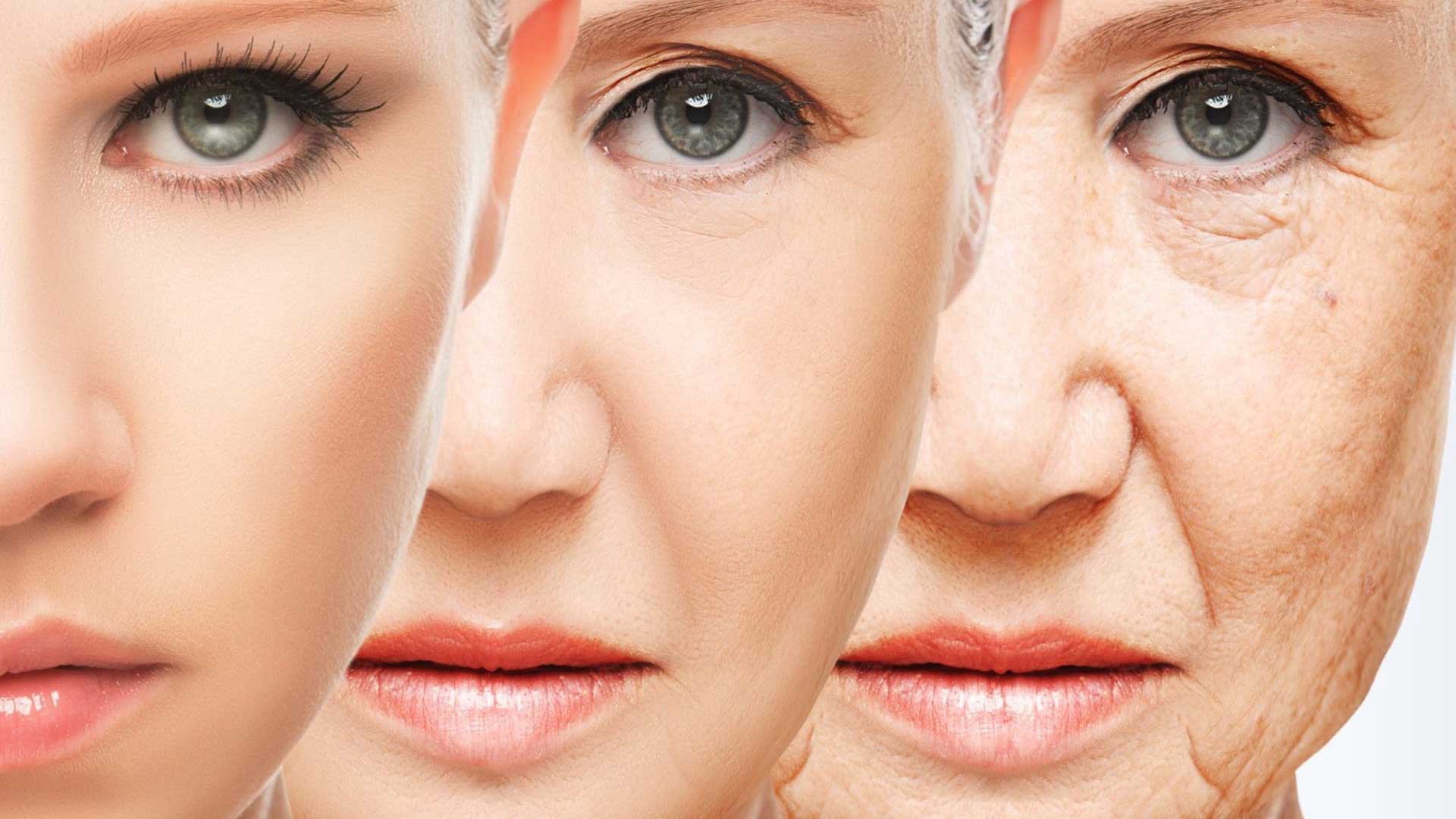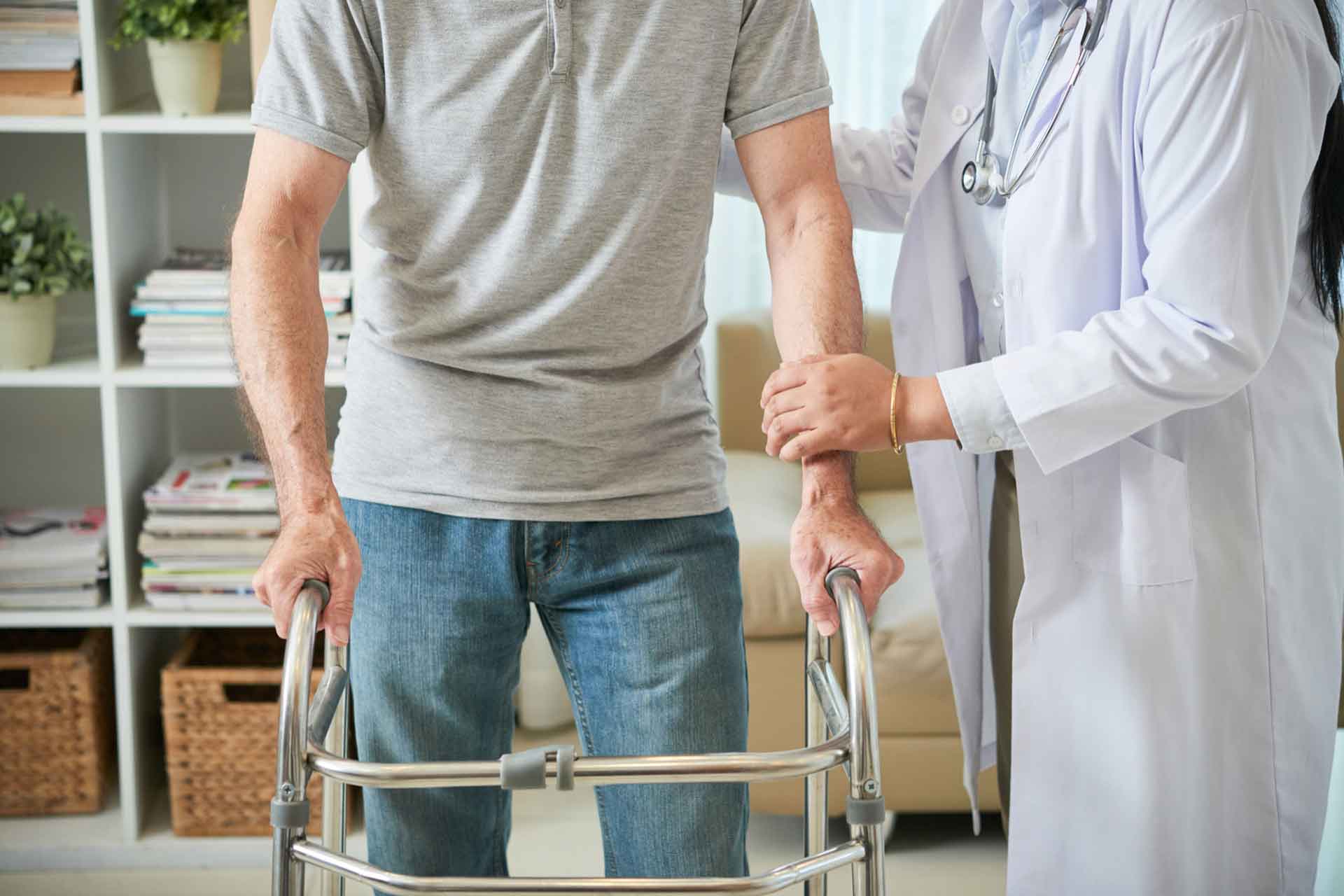Aging is a complex biological process influenced by a combination of genetic, environmental, and lifestyle factors.
Stem cell therapy proved safe in stroke treatment
A recent study indicated that adult, bone marrow-derived stem cells in stroke treatment is safe and well-tolerated by patients.
Erectile dysfunction: Stem cell therapy restores sexual function in phase I trial
Early results of a clinical trial suggest that stem cell therapy may be a promising treatment for erectile dysfunction after the procedure was found to restore sexual function in men with the condition.
Treatment of Spinocerebellar Ataxia with Mesenchymal Stem Cells: A Phase I/IIa Clinical Study
A recent study in Taiwan indicated that allogeneic mesenchymal stem cells were safe in the treatment of ataxia.
New mutation responsible for spinocerebellar ataxia identified
Using the genetic information of two different families with three generations of disease, researchers have identified a new mutation responsible for a degenerative and ultimately fatal movement disorder. Through induced pluripotent stem cell techniques, researchers also grew neurons from one patient in the laboratory to be used in future experiments.
Causes and diagnosis of Ataxia
Ataxia can be caused by hereditary factors, acquired conditions, toxic exposures, vitamin deficiencies, autoimmune diseases, or unknown reasons. The diagnosis of ataxia involves a detailed medical history, physical examination, neurological assessments, and diagnostic tests like blood tests, imaging studies, genetic testing, and sometimes biopsies. These evaluations are crucial for determining the underlying cause of ataxia and guiding appropriate treatment approaches.
Types, symptoms and treatment of Ataxia
Ataxia is a neurological condition that affects a person’s coordination, balance, and ability to perform voluntary movements precisely. It is caused by damage or degeneration of the cerebellum or its connections to other parts of the brain or spinal cord, resulting in symptoms such as unsteady gait, slurred speech, and difficulty with fine motor skills. Ataxia can be hereditary or acquired, and management depends on the underlying cause.
What is Ataxia?
Ataxia is a neurological disorder characterized by a lack of coordination and impaired balance. It is a clinical term used to describe a group of conditions that affect the coordination and control of voluntary movements, including the movement of muscles necessary for maintaining balance, posture, and skilled movements.
Duchenne muscular dystrophy: current cell therapies
Stem cell-based therapy is considered to be one of the most promising methods for treating muscular dystrophy.
What is cerebral palsy?
Cerebral palsy (CP) is a complex group of neurological disorders that can have a profound impact on an individual’s life. The condition is caused by damage to the developing brain, which can occur before, during, or after birth. The damage affects the part of the brain that controls movement and muscle coordination, resulting in difficulties with movement, posture, and sometimes even speech and communication.


